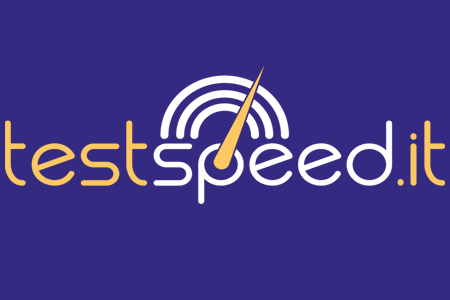What is Internet Speed Test?
Speed tests are the best way to see how fast your internet is. Internet service providers (ISPs) promise “up” to a certain speed under optimal conditions. But a speed test will show exactly how fast or slow your connection is.

What is the Speed Test?
The internet speed test is the best way to get an idea of how fast your connection is right now.
The service you connect to depends on the plan you choose, the local congestion, the restriction rules it has, etc. It usually limits your download and upload speeds depending on your connection.
The trick is that your Internet Service Provider almost always includes the phrase “most”. If you are promised “up to 30 Mbps” speed and you constantly get only 28 Mbps, we can say that your service provider is keeping their promise. But if you see 10 Mbps, you won’t get what you paid for, and it’s time to talk to your service provider.
Speed test measures your ping and download and upload speeds. Measuring the last two is crucial because most ISPs make separate promises for download and upload speeds. Usually, the download speed stands out prominently, but if you get into the details, the ISP usually sets a slower upload speed for each level. For example, our local ISP offers a plan with a download speed of 50 Mbps but an upload speed of 5 Mbps.
How Does the Internet Speed Test Work?
You can easily test speed with TestSpeed.it
After selecting a server, ping, download, and upload testing is performed.
More than one thing happens when you start a speed test. TestSpeed.it Speed Test sends a simple signal (ping) to the server and responds. The test measures this round trip in milliseconds.
After the ping is complete, the download test begins. The client opens multiple connections to the server and tries to download a small piece of data. At this point, two things are measured: how long it takes to capture the piece of data and how much of your network resources it uses.
If the client detects that you have free space, it opens more connections to the server and downloads more data.
Imagine your internet service as a speed limit highway. Opening additional links is like adding more lanes to the freeway. The speed limit has not changed, but more cars can cross the same area faster; Thus, the 50th car will arrive from a two-lane vehicle using a four-lane highway before.
Once the client determines that it has the correct connections to test your internet service, it downloads additional data chunks, measures the amount downloaded in the allotted time, and offers a download speed.
Next load test. It is actually the same process as the download test, but just the opposite.
Are the Internet Speed Tests Accurate?
Speed tests sound simple but accurately measure how fast your connection. There can be many factors that affect speed testing.
Consider the first step of the process: choosing a test server. Often times the closest server can be incredibly close or even in the same city. This proximity is optimal, so the data is not far enough to go. For instance, businesses know that proximity makes a difference.
But not all of the internet is close to you. Most are on remote computers, sometimes across the country or in another country. Therefore, while your speed test can show incredibly fast streams. In this scenario, your results may reflect a faster performance than your real-world usage.
You may probably see different speed results when testing with TestSpeed.it. So your service provider may also offer a speed test service. However, you probably shouldn’t rely on a speed test created by your ISP. Service provider tests are optimized for ideal conditions using servers close to you.
